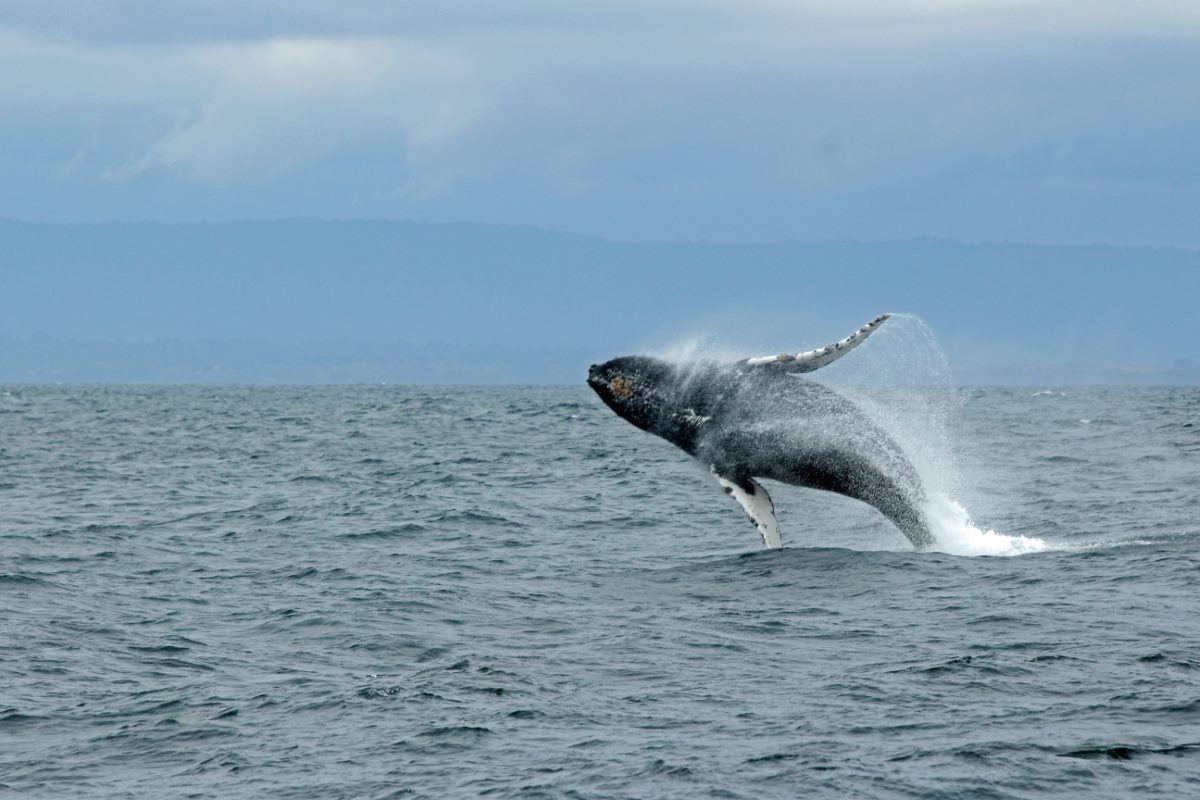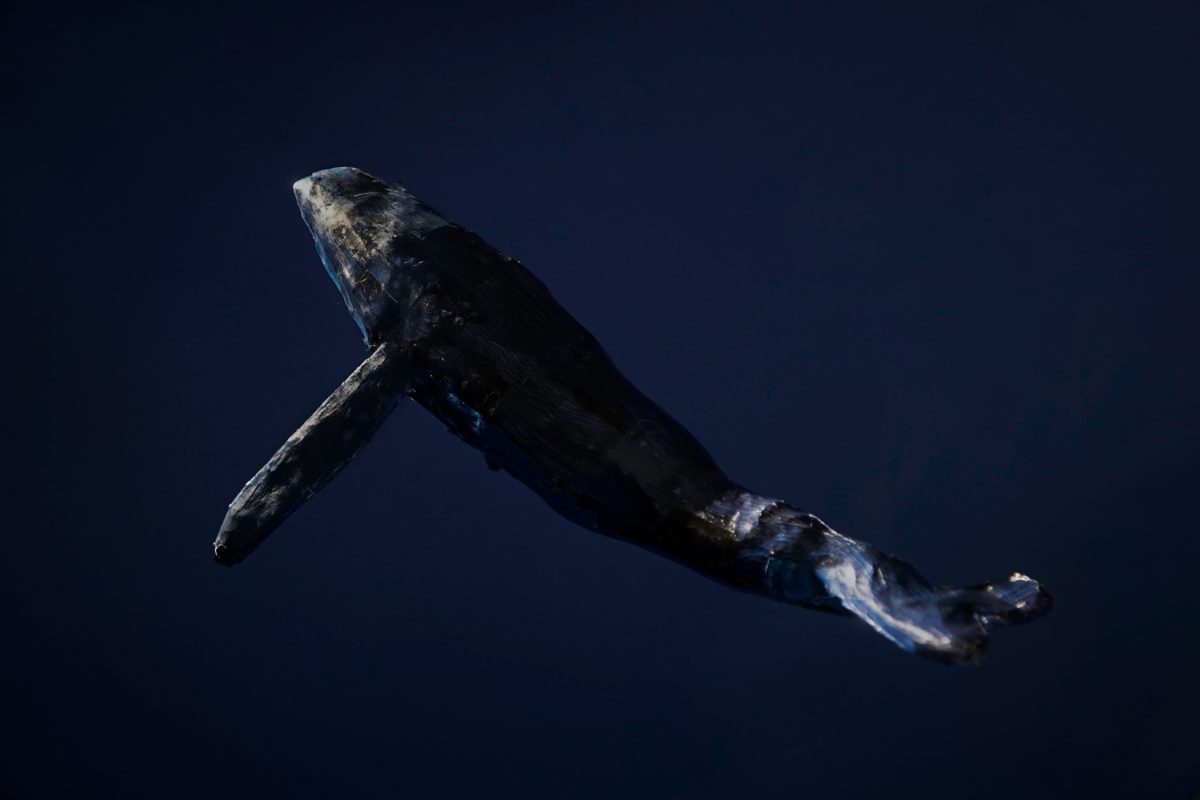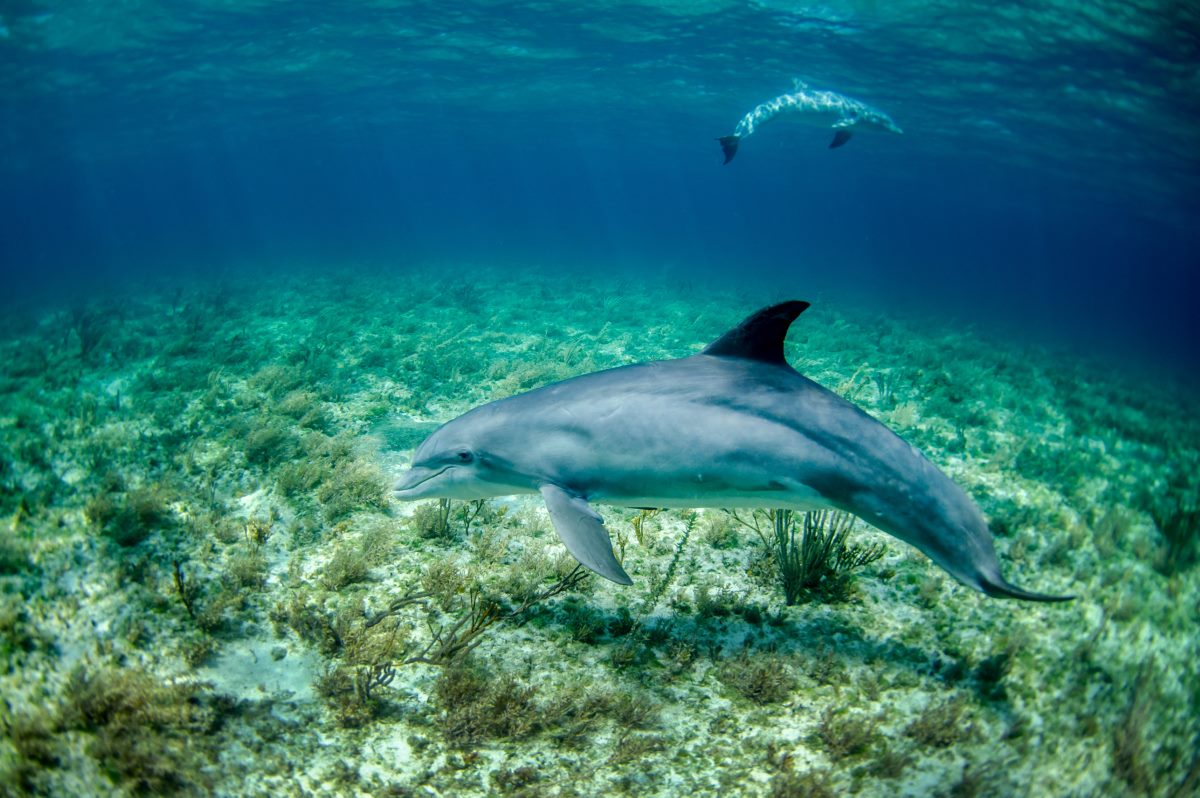Jervis Bay, located on the southern coast of New South Wales, Australia, is a paradise for nature lovers. Known for its stunning white sand beaches and crystal-clear waters, it is also home to an incredible variety of marine life, including dolphins, seals, and the majestic humpback whales. Whale watching in Jervis Bay is a truly unique experience, and one that should definitely be on every nature enthusiast’s must-do list. In this blog post, we’ll take a closer look at the best places to go whale watching in Jervis Bay, and what you can expect to see during your adventure on these pristine waters. So, get ready to witness one of the most awe-inspiring moments in nature, as we explore the best whale watching spots in Jervis Bay.
The 2 Best Whale Watching in Jervis Bay
The 2 Best Whale Watching in Jervis Bay
1. Jervis Bay Whale Watching Cruise

Witness one of nature’s most spectacular events on this incredible whale watching tour in Jervis Bay. Sail through the crystal-clear waters of the Jervis Bay Marine Park and witness the humpback whales on their annual migration to the warmer waters of New South Wales. Spot dolphins, penguins, seals, and albatross along the way, ensuring a close encounter with the incredible wildlife of the region. This two-hour cruise is family-friendly, and you’ll enjoy food and drinks throughout the excursion. The tour is wheelchair accessible and offers both morning and afternoon departure options. Check-in 30 minutes before departure at the private cruise terminal, Portside Cafe, located on the left side of Huskisson Public Wharf. Hotel pickup and drop-off are included, making this experience an excellent value for money. Book now and enjoy an unforgettable close encounter with the gentle giants of the sea!
2. Jervis Bay Dolphin Eco Cruise

Enjoy an unforgettable encounter with the playful bottlenose dolphins in their natural environment on this Jervis Bay Dolphin Eco Cruise. The tour gives you the opportunity to see the magnificent sea creatures swimming, jumping and diving around the boat as you explore the Jervis Bay Marine Park and soak up dramatic views along the New South Wales coast. The specially designed catamaran, with its five viewing levels, ensures that you get the best chances to watch the dolphins as they play alongside the boat.
The 1.5-hour tour is family friendly, fully narrated and wheelchair accessible. You can also rest assured of seeing the native wildlife in their natural environment. You get access to a restroom on board (subject to type of vessel used on the day) and food and drinks are provided.
The meeting point for the tour is at Currambene Street, Currambene St Huskisson NSW 2540 Australia, where you’ll check-in 30min before departure at the private cruise terminal. The terminal is located at Portside Cafe on the left side of Huskisson Public Wharf. The tour runs multiple times throughout the day, allowing you to choose a time that’s convenient for you.
book your Jervis Bay Dolphin Eco Cruise today and enjoy a thrilling encounter with the magnificent sea creatures in their natural habitat!
Whale Watching in Jervis Bay: FAQs
Are you planning to go whale watching in Jervis Bay and have a ton of questions? Don’t worry; we have got you covered! Whale watching is an amazing experience in Australia, and Jervis Bay is considered one of the best places to witness the whales. In this blog post, we will answer the most frequently asked questions about whale watching in Jervis Bay.
1. Where is Jervis Bay, and how do I get there?
Jervis Bay is located about 200 kilometers south of Sydney, Australia, and about 100 kilometers southeast of Canberra. If you are traveling from Sydney, you can drive through Hume Highway towards Canberra and then take the exit to Jervis Bay road. Alternatively, you can take a train or bus to Nowra and then take a bus or taxi to Jervis Bay.
2. When is the whale watching season in Jervis Bay?
The whale watching season in Jervis Bay starts from late May or early June and goes on until late November. This period is ideal for whale watching as it is during this time that the humpback whales migrate from the cold Antarctic waters to the warmer waters of Australia’s east coast to mate, calve and nurse their young ones.
3. What types of whales can you see in Jervis Bay?
The most common types of whales that you can see in Jervis Bay are Humpback whales and Southern right whales. Humpback whales are the most sighted species and can be seen breaching, tail slapping, and spy hopping. The Southern right whale is less common than Humpback whales but can still be seen during the whale watching season.
4. What is the best time of day to go whale watching in Jervis Bay?
The best time of the day to go whale watching in Jervis Bay is early morning or late afternoon. This is because the sea is usually calmer during these times, and you can get a better view of the whales. Moreover, there are fewer people during these times, so you can have a more intimate experience with the whales.
5. How long does a typical whale watching tour last in Jervis Bay?
A typical whale watching tour in Jervis Bay can last anywhere from 1.5 to 3 hours, depending on the tour operator and the package you choose. However, it’s advisable to opt for a longer tour to increase your chances of seeing the whales.
6. What should I wear for a whale watching tour in Jervis Bay?
It’s recommended to dress in layers and wear warm clothes for a whale watching tour in Jervis Bay as the weather can be unpredictable. You should also wear a waterproof jacket and comfortable footwear, as there is a possibility of getting wet on the boat.
7. Are children allowed on whale watching tours in Jervis Bay?
Yes, children are allowed on whale watching tours in Jervis Bay. However, it’s recommended that children be at least 5 years old and accompanied by an adult. Moreover, the tour operators may have different policies regarding children, so it’s best to check with them before booking the tour.
8. What happens if I don’t see any whales during the tour?
While it’s rare not to see any whales during the tour, some tour operators offer a ‘whale sighting guarantee.’ This means that if you don’t see any whales during the tour, you can go on another tour for free or get your money back. However, it’s best to check with the tour operator before booking the tour regarding their policies on whale sightings.
9. Can I bring food and drinks on a whale watching tour?
Yes, most tour operators allow you to bring your food and drinks on a whale watching tour. However, some tours do provide complementary tea, coffee, and light snacks during the tour. It’s best to check with the tour operator before bringing your food and drinks, as some restrictions may apply.
10. Is whale watching safe for pregnant women?
Whale watching is generally considered safe for pregnant women. However, it’s recommended that pregnant women consult their doctor before going on a whale watching tour, especially if they have any complications or a high-risk pregnancy.In conclusion, whale watching in Jervis Bay is a once-in-a-lifetime experience that everyone should try. Hopefully, this blog post has answered some of the most frequently asked questions about whale watching in Jervis Bay. If you are planning to go on a whale watching tour, remember to book early and always follow the instructions of the tour operator to have a safe and enjoyable experience.
How to do Whale Watching in Jervis Bay
Whale watching is undoubtedly one of the most popular attractions in Jervis Bay, NSW, Australia. With the temperate climate and a stunning marine environment, Jervis Bay presents a perfect opportunity for visitors to watch whales and dolphins. In this guide, we’ll share some useful tips to help you enjoy an unforgettable whale watching experience in Jervis Bay.
1. Choose the Right Time to Go Whale Watching
Whale watching season in Jervis Bay spans from May to November, with peak season from June to August. During this time, visitors can witness the majestic humpback whales, southern right whales, and even giant blue whales migrate along the New South Wales coast. We recommend visiting Jervis Bay during the peak season to increase your chances of seeing whales.
2. Select a Reputed Whale Watching Tour Provider
To ensure that you have an enjoyable and informative whale watching experience, we suggest booking a tour with a reputable provider. The top-rated providers usually have knowledgeable and experienced guides who can provide you with accurate information about the whales you are watching. They also ensure that the whales are not disturbed, and all safety measures and regulations are strictly followed. Research providers that have great ratings and reviews, it always speaks for the experience.
3. Prepare for the Tour
Whale watching tours usually last between two to three hours. While the tours are relatively safe and comfortable, it’s essential to be adequately prepared. Dress appropriately for the weather conditions; it can get quite chilly on the open ocean. We recommend wearing sunscreen, sunglasses and a hat. It’s also advisable to carry a camera, binoculars, and adequate drinking water. Finally, ensure that you arrive at the tour site at least 30 minutes before the tour departure time.
4. Keep a Safe Distance from the Whales
Whales are protected species in Australia under the National Parks and Wildlife Act. When you’re on a whale watching tour or otherwise, it’s essential to keep a safe distance from the whales to avoid disturbing them. The standard rule is that you should stay at least 100 meters away from the whales, and if the whale approaches closer than 100 metres, the animal should be approached at a low speed, with caution and care. Approach a whale’s path at a right angle or from behind so that you do not cut off its path or come between a mother and her calf. When a whale is sighted, the boat must be slowed to minimum speed and placed in gear that allows immediate movement ahead or astern, recommended to stay 300 meters away from killer whales.
5. Be Patient and Respectful
Whale sightings are never guaranteed; even if you visit during the peak whale watching season, there’s a possibility that you won’t see any whales. Be patient and enjoy the beautiful ocean views and the other marine life around you. It’s also imperative to be respectful of the whales and their environment, as this helps to conserve them for future generations. Don’t throw any litter into the ocean, and follow all the regulations put in place by the whale watching tour provider, National Parks Authorities, and the government of New South Wales.
Final Thoughts
Whale watching in Jervis Bay is a magical experience that’s not to be missed. By following our five tips, you’ll be well-informed and prepared for your whale watching adventure, ensuring that you have an unforgettable experience while watching these gentle giants in their natural habitat.
Table of Contents

